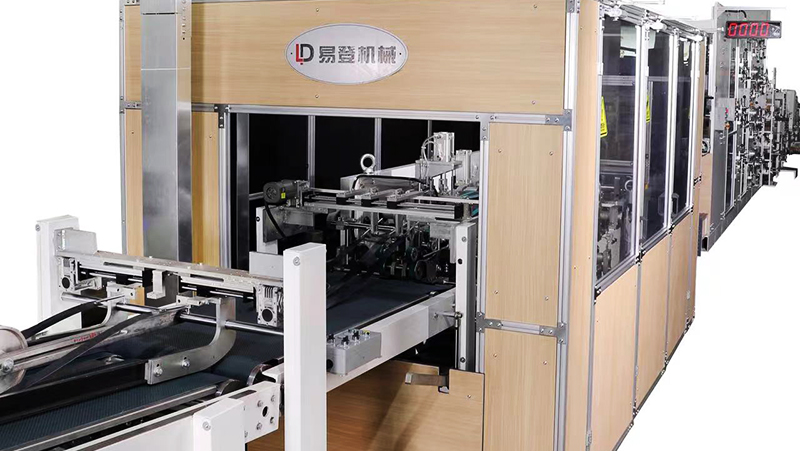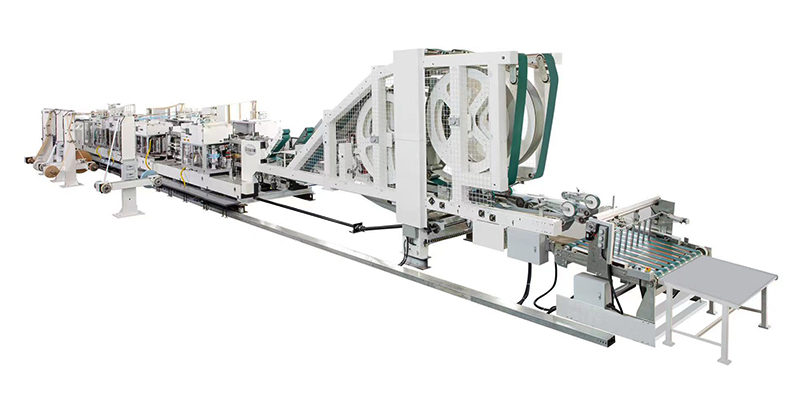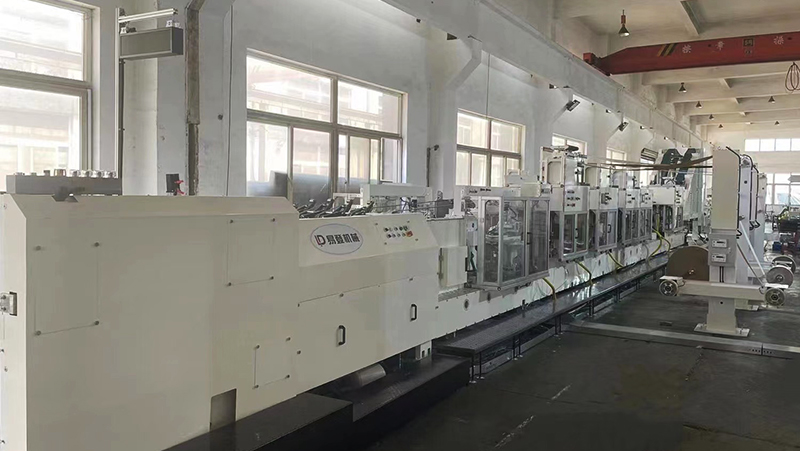A paper sack bottomer is a specialized machine designed to form, fold, and seal the bottom of paper sacks, ensuring structural integrity and product containment. Widely used in industries requiring durable and sustainable packaging solutions, this equipment plays a critical role in automating sack production while enhancing efficiency and consistency.
How a Paper Sack Bottomer Works
The machine operates by feeding flat paper tubes into a sequential process:
- Bottom Formation: The tube’s open end is shaped into a flat or gusseted base.
- Folding & Gluing: Precision mechanisms fold the bottom layers and apply adhesive to secure the seams.
- Compression & Drying: Pressure is applied to bond the layers, followed by drying to ensure durability.
This process ensures sacks can withstand heavy loads, making them ideal for bulk packaging of granular or powdered materials.
Key Benefits
- Enhanced Productivity: Automates manual folding and sealing, significantly increasing output.
- Consistent Quality: Eliminates human error, ensuring uniform sack dimensions and seal strength.
- Sustainability: Supports eco-friendly packaging by optimizing material usage and reducing waste.
- Versatility: Compatible with various sack sizes, paper grades, and adhesive types.
Applications Across Industries
Paper sack bottomers are essential in sectors requiring reliable bulk packaging, including:
- Food & Agriculture: For grains, flour, sugar, and animal feed.
- Chemicals & Minerals: Packaging fertilizers, cement, or industrial powders.
- Recyclable Products: Aligning with circular economy goals for reusable or biodegradable sacks.
Conclusion
Paper sack bottomers are indispensable in modern packaging operations, combining speed, precision, and sustainability. By streamlining the production of robust paper sacks, these machines meet growing demand for efficient and environmentally responsible solutions. Investing in advanced bottoming technology ensures businesses stay competitive while adhering to global packaging standards.












